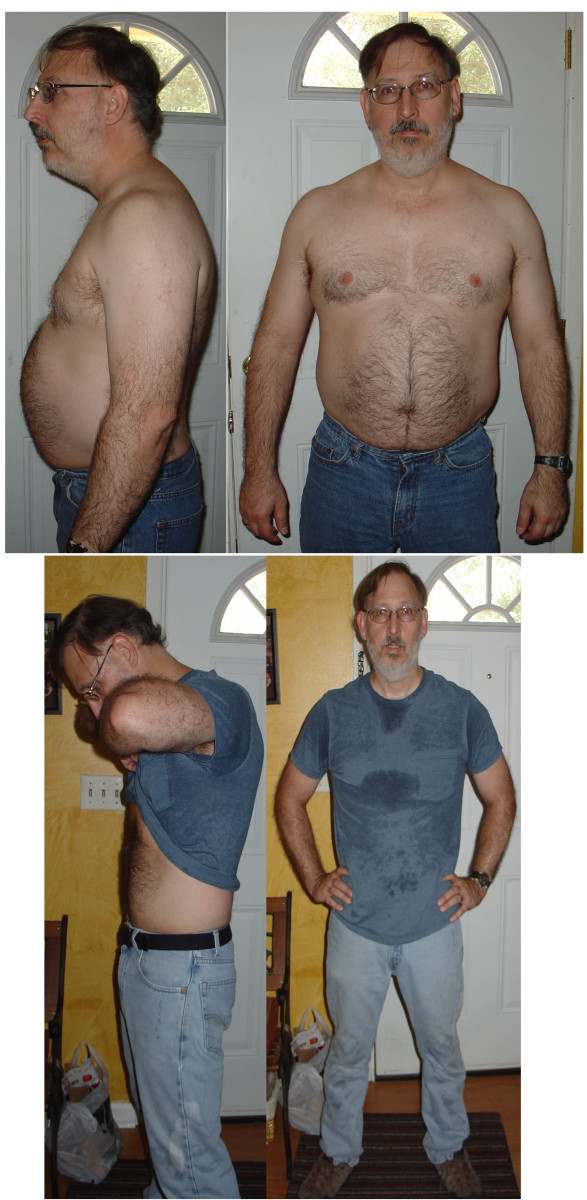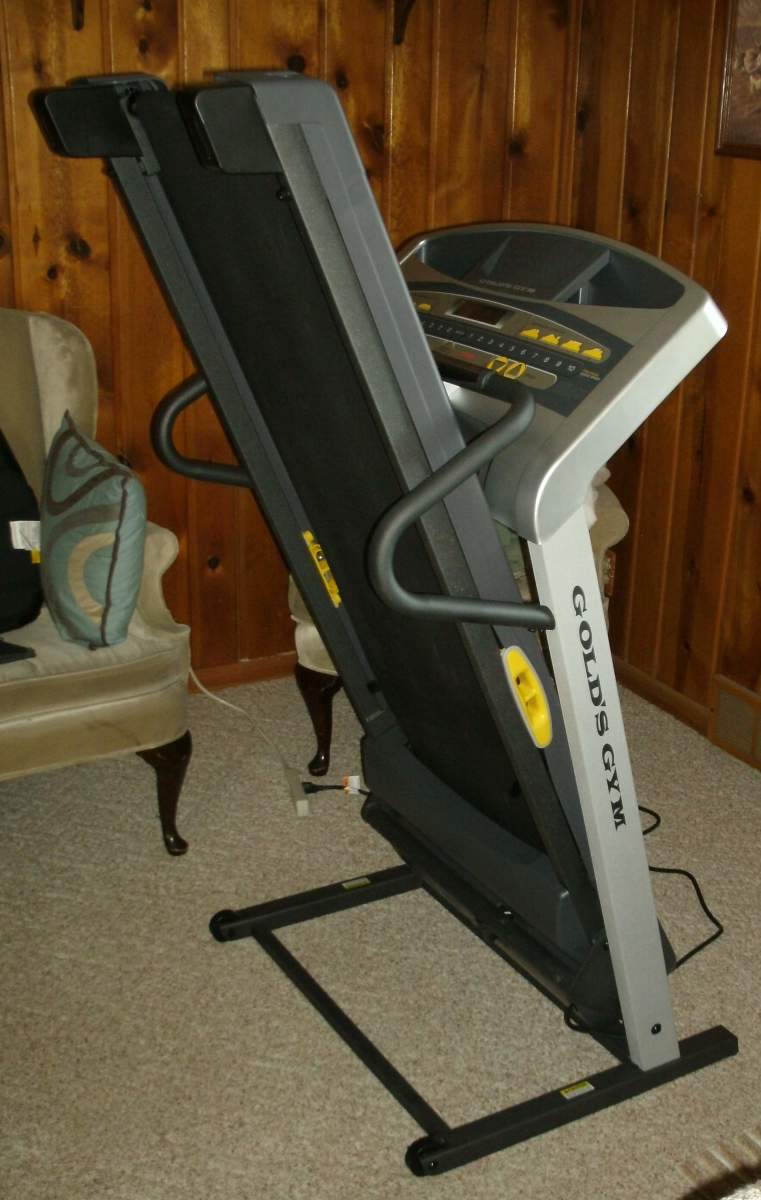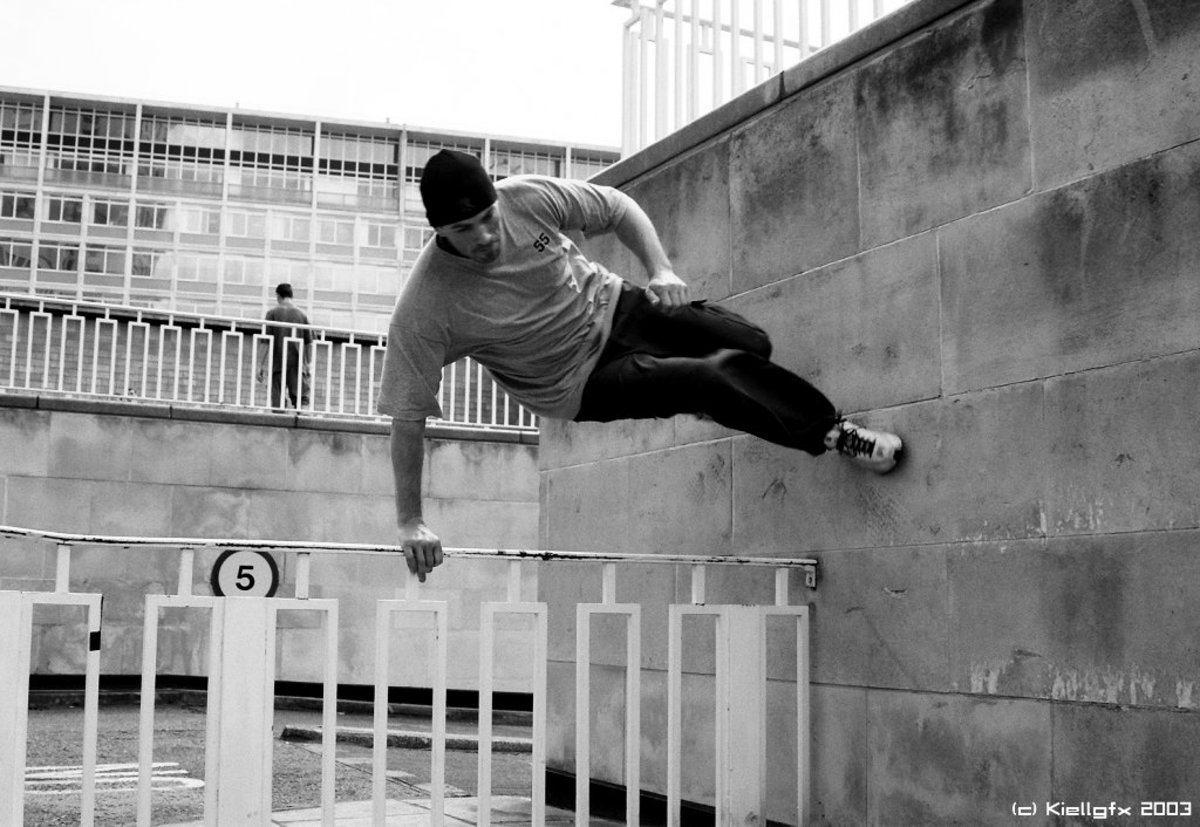Dangers of Triathlon Competition: Tips to Increasing Your Personal Safety
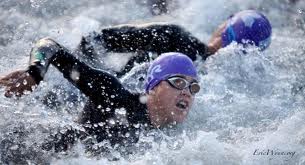
Training for triathlon is a great way to stay in shape. It helps to build cardiovascular fitness, strength and endurance. Those that engage in cross training workouts also begin to increase core strength and overall physical fitness. Swimming is a no impact workout that strengthens the entire body and is easier on the joints than almost any other sport. Cycling and running build strength and help with conditioning, yet despite the benefits of triathlon training, this competition claims more lives than you might expect. In fact, according to a study by the American College of Cardiology, which used data collected between January 2006 and September 2008, triathlons claim twice as many lives as marathons. Sudden deaths during marathons were about 0.8 per 100,000 while sudden deaths during triathlons were 1.5 per 100,000. The data was collected from the results of 2,846 triathlons that included 922,810 participants. Of those, 40% were female. Data collected by USAT indicates a total of 25 deaths during competition, of which 20 occurred during the swim portion.
Researchers found that males between the ages of 35 and 55 accounted for the largest number of sudden deaths by age/ gender group. The vast majority of deaths reported had occurred during the swim portion of the event, which is the first of the three race legs. During the data collection period, researchers recorded 14 deaths. Thirteen of these occurred during the swim and one during the cycling portion of the race. No deaths were reported during the run. Each of the 13 athletes had autopsies which revealed drowning as the cause of death, though in four of these cases, the drowning likely followed a cardiovascular incident in persons with a preexisting cardiovascular disease. I have no data available on whether the decedents were wearing wetsuits, but if not, cold water can definitely exacerbate a preexisting cardiovascular condition by constricting the blood vessels and causing the heart to work harder. Cold water may also trigger arrhythmias.
The swim is a particularly dangerous leg of the race for several reasons. Races typically have either mass starts in which all swimmers enter the water together and begin at the same time, or wave starts in which smaller clusters of swimmers are sent out together according to gender and age groups. With large amounts of people in the water, it can be difficult to ascertain whether someone is in trouble. If they are experiencing difficulties, it may be hard to signal for help successfully. Swimmers are given brightly colored swim caps in order to help rescuers see heads that may be partially submerged, but due to race related turbulence, the chances of successfully being spotted in time, are slim. Swimmers also face the dangers of aspirating water, being kicked in the head or face by other swimmers, or being literally crawled over in the water by other swimmers. Individuals that are not strong swimmers should consider whether events requiring open water swims in deep venues are wise given their limitations.
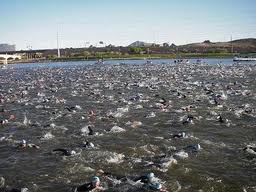
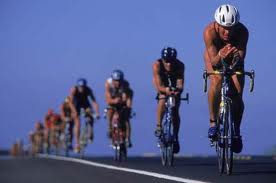
While swimming is the most dangerous leg of the race and more deaths occur during the swim than any other portion, deaths may occur at any point during a race. Some of the more widely known triathlon related deaths include:
- Juan Miguel Vazquez (57), died during Cobra Energy Drink Ironman 70.3 in 2009. Mr. Vazquez died during the swim portion of the race. Autopsy results revealed that he suffered a stroke followed by a heart attack. He was also likely kicked several times during the swim as indicated by multiple bruises on his body after being retrieved from the water.
- Lor Porciuncula Jarin (51), drowned during the swim portion of the Mount Shasta Tinman Triathlon in 2008. Observers report that Mr. Jarin began struggling and rolled onto his back and had to be retrieved by rescue crews.
- Kim Schmidt (43), drowned in Lake Winneconne during her first outdoor triathlon in 2008. She was discovered floating unresponsive in the Lake before being pulled out and taken to a local medical center where she was pronounced dead.
- Daniel Murray (33) drowned during the 2009 Pewaukee Triathlon after slipping under the water. Rescuers were quick to retrieve him, but his underlying cardiac problems prevented him from being saved. Daniel had recently lost 100 of his 400 pounds nad was competing for the first time. He was able to reach a flotation device prior to slipping under the water, but could not hang on as his heart failed.
- Julie Silletti (54), died following complaints of chest pain as she neared the end of the swim portion of the Elkhart Lake Triathlon in June. Autopsy results confirmed that Julie had swallowed too much water while swimming.
- John Carr (47), was struck and killed by a drunk driver in August 2009 during the 14 mile bike leg of a triathlon in Louisville, KY.
- Dave Martin (66), was killed by a great white shark during the swim portion of a triathlon in California off San Diego Beach. Witnesses reported seeing Martin pushed up out of the water as the shark attacked. He was bitten and then the shark retreated. It is possible that the shark mistook the swimmers in their wetsuits for seals or sealions, which are among their favorite foods.
In order to minimize the likelihood of becoming one of the sad triathlon death statistics, there are a few things that athletes can do. First, confer with your primary care physician or sports medicine professional before entering triathlon competition. This will enable you to have any underlying medical concerns diagnosed, and hopefully treated, in advance. If your provider advises against racing, it is wise to take their advice.
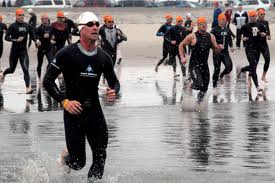
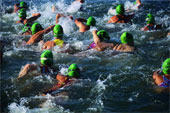
SWIMMING
- Start with smaller competitions that require less distance at each leg of the race. Even seasoned athletes should start smaller and ramp up from there. Sprint or even super-sprint races are a great way to break into the race season.
- If you are a slower or less strong swimmer, try to go out toward the end of your wave. This will prevent other swimmers from kicking you in the head or chest or pushing you under. You may also swim closer to the outer perimeter of the swim course where there are far fewer athletes. Since the rescue kayaks are along the outer perimeter, you will also have a better chance of being spotted and rescued quickly if you get into trouble.
- Some races allow less strong swimmers to use noodles. It may not seem very sporty, but it’s better than drowning.
- Always be aware of where the rescue kayaks are during your race. Wave your arms and yell if you can to get their attention if you need them. You can also float on your back to avoid aspirating water while waiting for rescue.
- Wear wetsuits in races that allow it. Wetsuits provide an added level of buoyancy that makes the swim easier and more efficient. It also reduces exposure to the cold water. Cold water serves to constrict blood vessels that can lead to heart arrhythmias and cardiac arrest in persons with preexisting conditions.
- Since there is no rule on which stroke you can swim, if you are a stronger back or breast stroker, feel free to use those strokes. They give you added ability to see what is going on around you and to breath more efficiently than the freestyle. If you get tired, consider doing a combination of strokes.
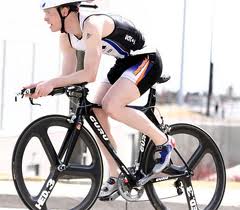
CYCLING
- Remain securely within the race lanes. Do not race into traffic. Be aware of the shoulders and flaws in the pavement.
- Avoid drafting and be sure that you do not get too close to the cycle in front of you. Nasty crashes occur when bike tires inadvertently touch one another. They also happen if the cycle in front of you must stop short or crashes and you have no time to stop safely.
- Always wear your helmet. This is a rule in triathlon. Those without helmets are not allowed to race. Do not remove your helmet for any reason while your bike is moving.
- Be sure that your helmet is worn properly and as securely as possible.
- Carry enough fuel to assure that you remain hydrated during the race. Dehydration can lead to fatigue, confusion, weakness, organ failure and even death in extreme cases.
- Assure that your tires are properly inflated prior to racing. This will increase your efficiency on the bike by reducing drag. This in turn will make it easier on your cardiovascular system.
- Always pass on the left when coming up behind other cyclists. This is common cycling etiquette and because it’s expected, will help to avoid crashes. In well-organized races, cyclists are expected to allow others to pass when their cycle comes upon your rear tire. Allowing others to pass means falling back while they pedal by. Failure to do so is considered blocking and in some cases could lead to disqualification.


RUNNING
- For longer runs it is wise to wear a fuel belt to have unlimited access to hydration. Do not wait until you are thirsty to drink. By then, dehydration has begun.
- If hydration stations offer Goo or bananas in addition to drinks, take them. Bananas are loaded with potassium.
- Alternate Gatorade with water. Water is excellent for hydration, but Gatorade contains electrolytes which your body also needs to protect its delicate chemical balance. By this stage of the race you will be depleted in stores of sodium, potassium and other critical minerals. Water cannot replace those, but Gatorade can.
- If you begin suffering cramps, breath deeply through your nose while pushing your stomach muscles out. A few deep breaths should have you feeling better.
- Do not be ashamed to walk if you need to. Let your body dictate your pace.
- Do not overwork yourself in an unrealistic quest for a PR. Remember, each race is different. The mileage may be the same, but the courses are not. Weather conditions also vary from event to event and year to year, so no race is ever the same race twice. The degrees of difficulty will vary widely and account for timing differentials. A healthy goal is to finish in a safe and sportsmanlike manner.
Here’s to a safe, healthy and fun triathlon season!

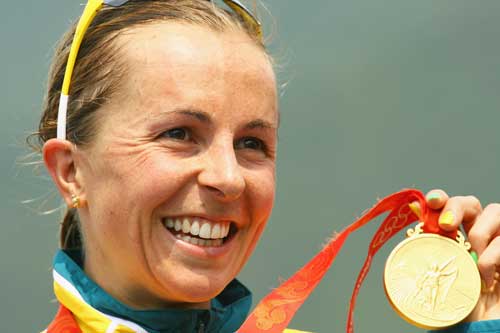
More Great Sports Hubs
- Triathlons: Choosing Your Distance
Going the Distance The sport of triathlon has been steadily gaining appeal for the past several years, in part, because of the various distances offered, which attract everyone from the weekend warrior to... - Triathlon Transition Staging
Preparing your Transition Area For first time triathletes, preparing the transition area can be more stressful than the race itself. By race day, you have been training for weeks or months. You have swam,... - Bicycles: Triathlon or Road Bike, Which is Right for You?
Bicycles: Triathlon or Road Bike, Which is Right for You? Choosing between a triathlon bike or a road bike can be tricky, especially if you are selecting your first professional grade bike. There are... - Marathon Training Plan
Training for Your First Full Marathon Training for a full marathon is no small commitment. It takes dedication, perseverance and an ability to work through fatigue, pain and mental exhaustion. You run in...
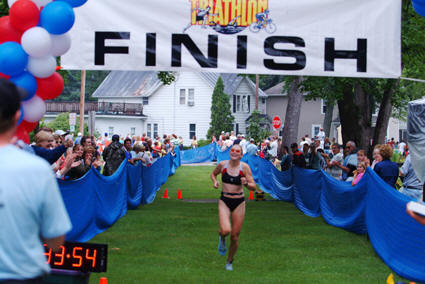
Rate this Hub
© 2010 Jaynie2000





